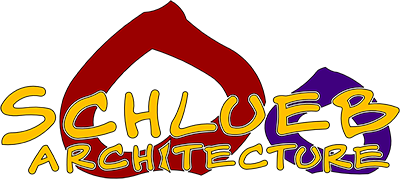2021.04.13 – Lecture 5
Rafael Guastavino and his son’s decorative innovations with exposed brick finishes, dimensional relief, and mosaic mural tiles, using traditional Catalan cohesive construction methods with thin terracotta tiles.
Porter Hall (Pittsburgh, 1905-07, Henry Hornbostel architect) cohesive construction structural tiles exposed as decorative finish tiles, manufactured in first Guastavino Company tile factory (Woburn, Massachusetts) operating out of an old wooden church beginning 1900.
Pittsburgh Athletic Association Swimming Pool (Pittsburgh, 1910, Benno Janssen architect) colored glazed ceramic clay tiles as decorative finish, with varied mix of smooth and striated lined tiles.
Baker Hall (Pittsburgh, 1914, Henry Hornbostel architect) unglazed red clay tiles exposed as decorative finish tiles with perfected raised mortar detail, manufactured in second Guastavino Company tile factory (‘La Ceramica’ Woburn, Massachusetts) opening in 1907.
Machinery Hall / Hamerschlag Hall (Pittsburgh, 1914, Henry
Hornbostel architect) dimensional relief terracotta decorative tiles as ribbing and perimeters of field unglazed red clay tile vaults.
Pittsburgh City-County Building (Pittsburgh, 1916, Henry
Hornbostel architect) exterior loggia domed vaults atop stone arches, with colored glazed ceramic clay geometric shaped tiles, layered laminations to create recessed coffers.
B’nai Israel Synagogue (Pittsburgh, 1924, Henry Hornbostel architect, Jean-Jacques Duval stain glass designer) decorative mosaic abstract windows in faceted glass and figurative mortar.
St. Boniface Roman Catholic Church (Pittsburgh, 1926, A.F.
Link architect) pendentive dome with arched portal windows and sound absorbing Akoustolith tile (Patented 1916) in several shades of gray and buff, giving a pleasing and textural effect and harmonizing with the warm colors of the adjacent stone or contrasting colors as inserts (Sweets Catalog 1931).
Allegheny General Hospital (Pittsburgh, 1929-31, Edward York & Philip Sawyer architects) reflective colored metallic glazed tiles, with varied geometric shapes and sizes, imitating antique Persian decorative tiles.
Bell Telephone Company (Pittsburgh, 1931, James T. Windrim architect) nuanced modeled color glazed ceramic mural tiles, with varied mix of smooth and striated lined decorative tiles.
Convex Concave (Pittsburgh, 2014, Shari Bennett ceramic artist) dimensional relief decorative ceramic tiles.
Lecture Audio (podcast):
Download Lecture Notes













